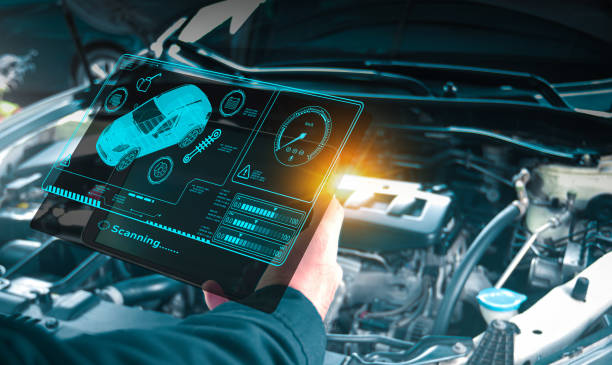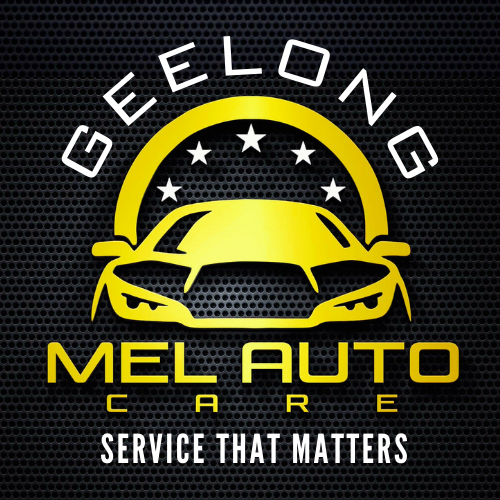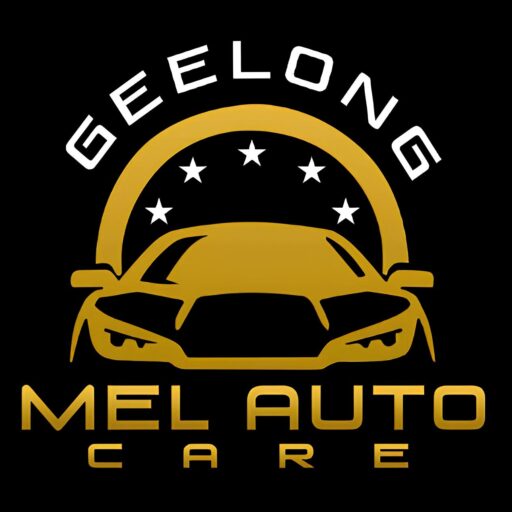DIAGNOSTIC AND REPAIR

Diagnostic and Repair Process
1. Initial Assessment
When a vehicle is brought in for diagnostics and repairs, the first step is for the technician to conduct an initial assessment. They’ll talk to the owner to gather information about issues the vehicle is experiencing. This could include unusual noises, warning lights, poor performance, or any other abnormalities.
2. Diagnostic Tools
Modern vehicles are equipped with complex electronic systems, and Mel Auto Care uses specialized diagnostic tools and equipment to communicate with the vehicle’s onboard computer. These tools provide access to error codes, real-time data, and sensor readings that help identify the root cause of the problem.
3. Error Code Reading
If the vehicle’s onboard computer has detected any issues, it will generate error codes that provide a starting point for diagnostics. Our technician will read these codes to understand which systems or components are potentially malfunctioning.
4. Physical Inspection
In addition to relying on error codes, our technician will conduct a physical inspection of the vehicle. This might involve checking various components, such as the engine, transmission, brakes, suspension, and more. Visual inspections can help identify issues that might not be captured by error codes alone.
5. Data Analysis
Our diagnostic tools also provide real-time data from various sensors within the vehicle. The technician will analyse this data to compare it against expected values, helping to identify deviations that indicate a problem.
6. Problem Identification
Once the issue is identified, our technician will determine the appropriate repair or replacement needed to fix the problem. This might involve replacing faulty components, repairing damaged parts, or adjusting settings within the vehicle’s systems.
7. Customer Communication
After identifying the issue and determining the necessary repairs, our technician will communicate with the vehicle owner. They’ll explain the problem, the proposed solution, and provide a cost estimate for the repairs.
8. Repair and Testing
– Perform the necessary repairs, which could include:
– Replacing faulty components (e.g., sensors, pumps, belts).
– Repairing damaged parts (e.g., wiring, hoses, connectors).
– Adjusting settings within the vehicle’s systems.
9. Quality Assurance
– Conduct post-repair testing to verify that the issue has been resolved.
– Ensure that all repaired systems and components are functioning correctly.
10. Final Inspection
– Perform a comprehensive inspection of the vehicle after repairs.
– Check for any loose connections, leaks, or other issues.
11. Test Drive
– Test drive the vehicle to ensure that it performs as expected.
– Listen for any unusual noises and monitor system behavior.
12. Documentation
– Document all repairs made, parts replaced, and adjustments performed.
– Keep records for future reference and maintenance tracking.
13. Owner Pickup and Explanation
– Mel Auto Care Geelong notifies the vehicle owner that the repairs are completed.
– Provide a detailed explanation of the repairs, including any post-repair recommendations.
14. Customer Feedback
– Ensure that the owner is satisfied with the repairs and their vehicle’s performance.
– Address any additional questions or concerns the owner might have.
Reliable Experts in Auto Diagnostics and Repairs
At Mel Auto Care Geelong, the automotive diagnostic and repair process involves a systematic approach to identifying issues, making accurate diagnoses using cutting-edge technology, and performing necessary repairs to ensure the vehicle’s optimal functionality, safety, and reliability.

Are you having issues with your car?
Mel Auto Care will fix it.



